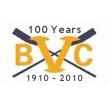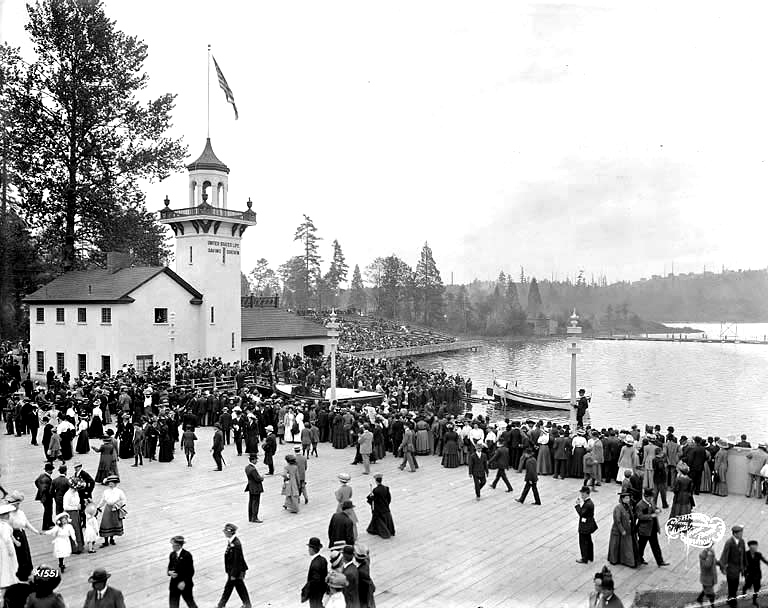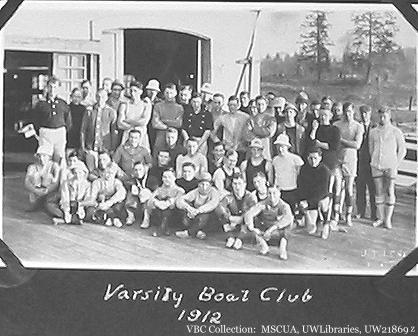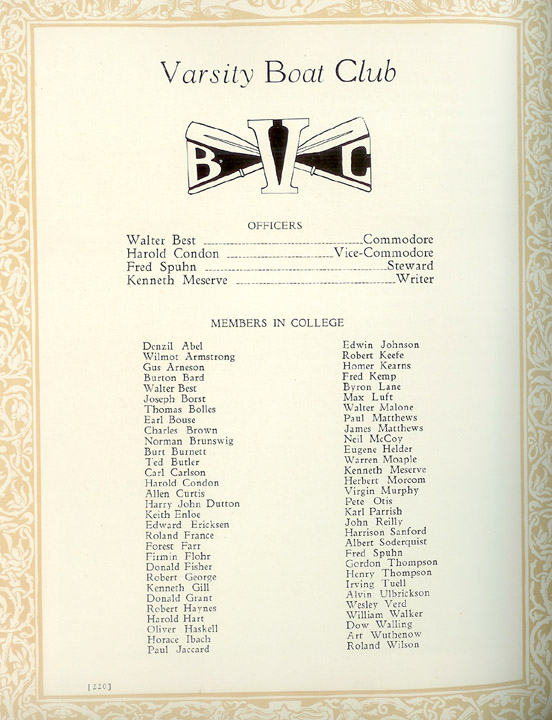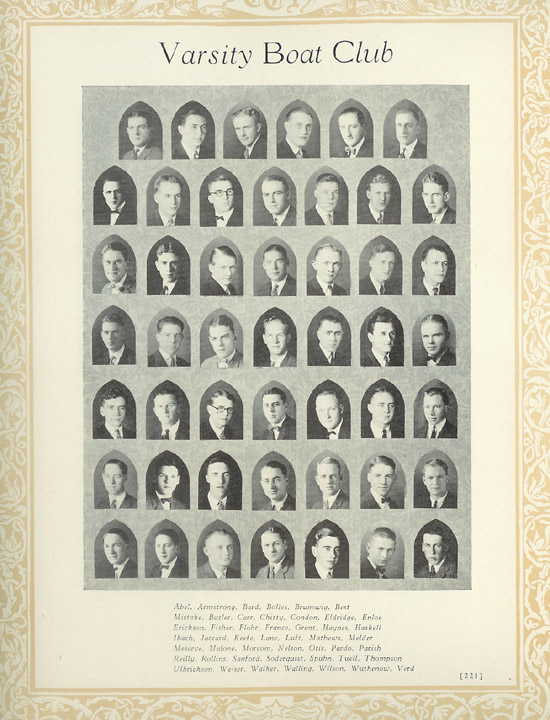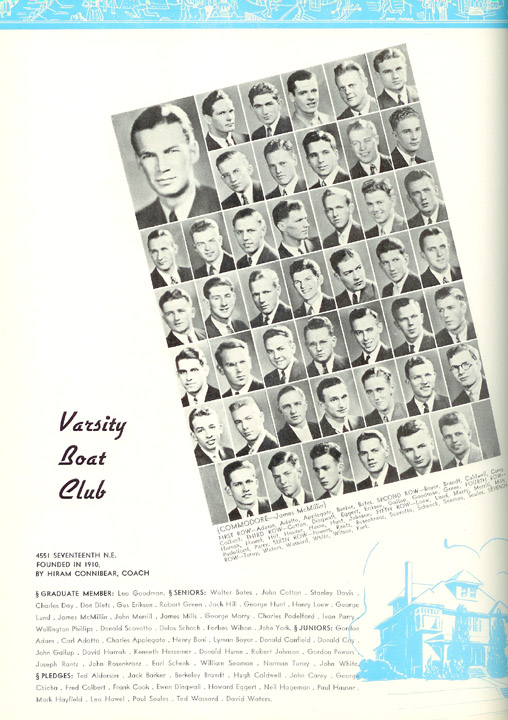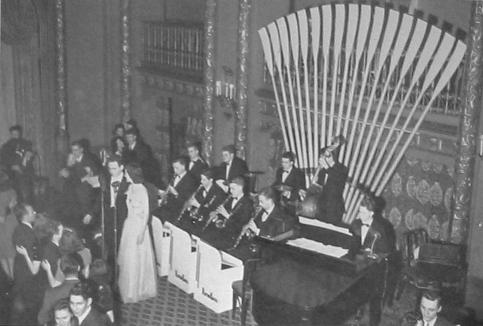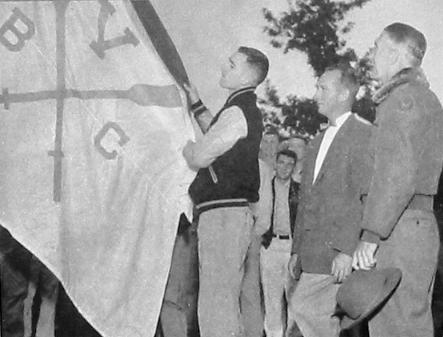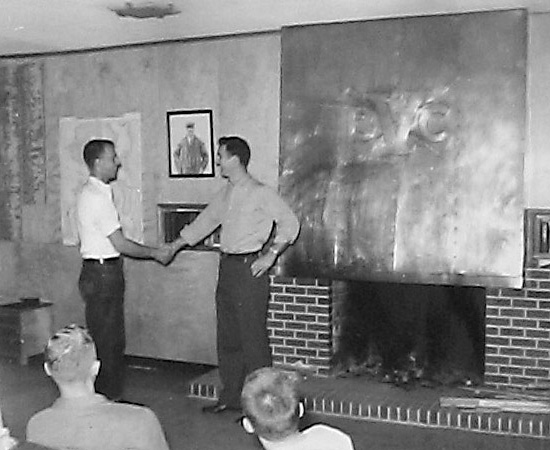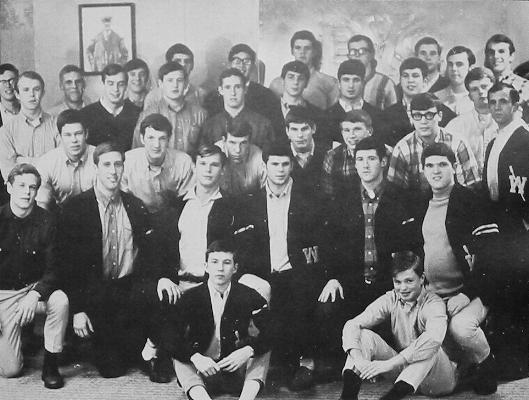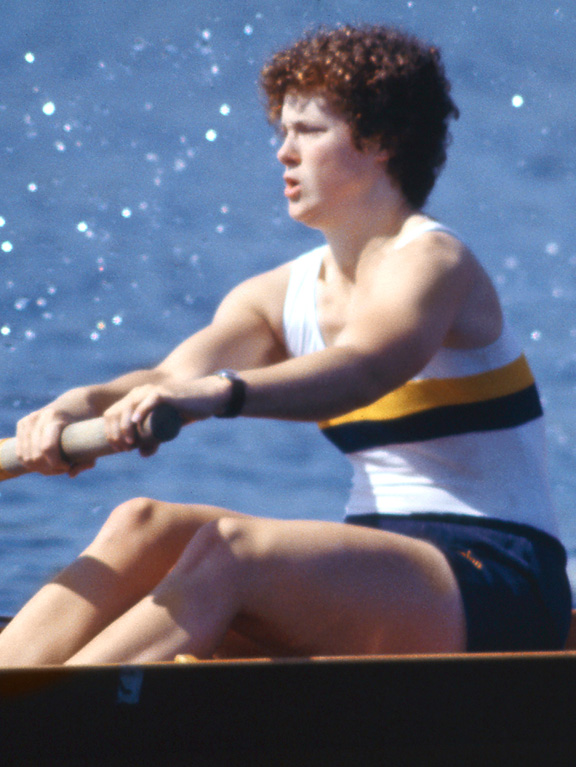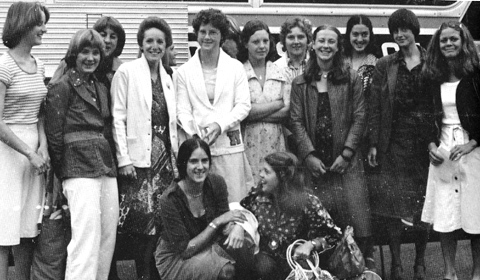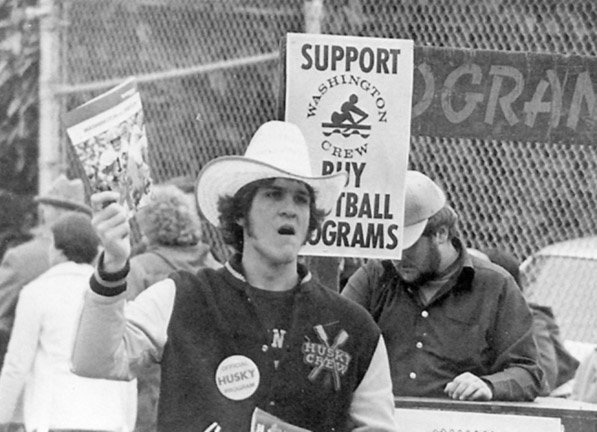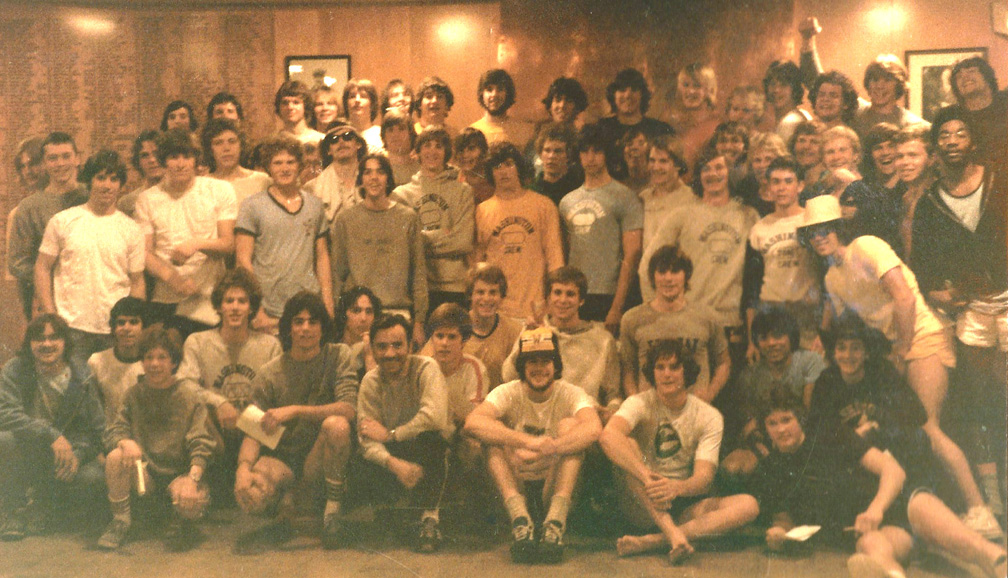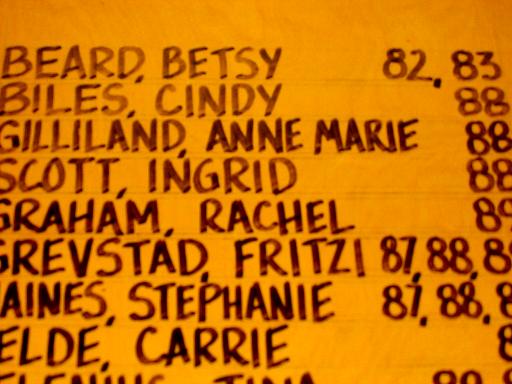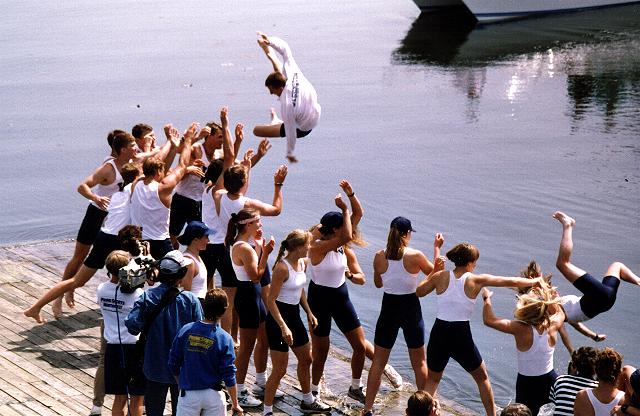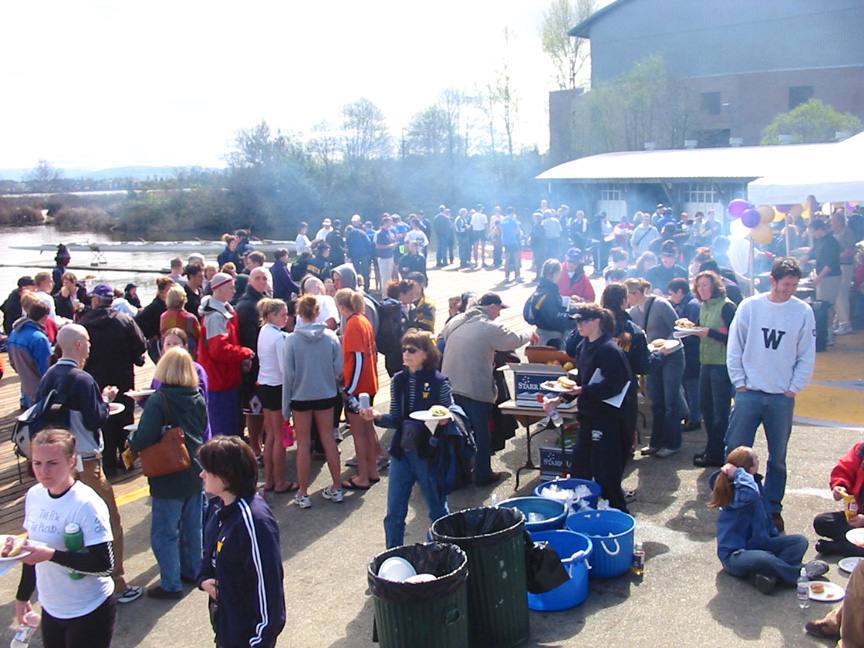The Varsity Boat Club
On June 1st, 1909, the Alaska-Yukon-Pacific Exposition opened on the extensive, forested grounds of the University of Washington. A sprawling – and lively – World’s Fair, the exposition attracted almost 3.7 million visitors to Seattle in the five months it was open, re-shaping the campus into the form it takes today (see 1910’s).
Hiram Conibear, only two years into his role as head rowing coach at Washington and in need of a larger boathouse, saw an opportunity once the exposition closed. He worked a deal to take over two of the exhibit buildings on the Lake Union waterfront: the men living, eating and rowing together out of the former Coast Guard exhibition; and expanding his women’s program into the adjacent Tea House building. On January 12th, 1910, the Varsity Boat Club was formed as the organizational structure to oversee that vision, and the teams moved in.
Highest on Conibear’s list of priorities for the VBC was team morale and camaraderie. He believed that not only would the rowing improve, but so too would the students’ overall lives, by collectively sharing the same values both on and off the water. He also saw it as a key to the overall longevity and health of the program, a connection from generation to generation. “The Boat Club is a reservoir of tradition, sportsmanship and spirit,” wrote Brous Beck ’10 in 1923. “Added to in times of plenty, it carries on in times of need.”
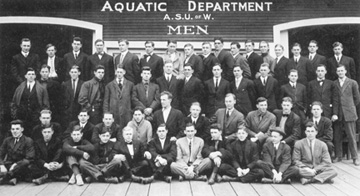
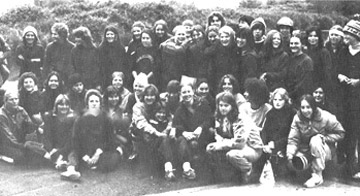
Throughout the decades the VBC played a large role in the growth of the program. When the team moved to the Navy Hangar on the Montlake Cut in 1919, the Club was critical to re-purposing the facility into a rowing center. In 1953, through the influence of George Pocock, the men of the VBC began living together in the newly built Conibear Shellhouse, hiring a cooking staff and sleeping in bunks in the boat bays; by 1965 the two-story west wing was added with twenty-four dormitory rooms. For over forty years the men’s team lived together at the shellhouse, forming lifelong bonds under the VBC banner.
In 1975 women’s rowing was established as a varsity sport at Washington, and in 1977 the women’s team successfully petitioned the VBC for membership. Sixteen women were inducted into the organization that first year, and the Club has been governed by men’s and women’s officers ever since.
Members qualify to join the VBC after rowing four quarters at the University, and induction traditionally takes place at the annual rowing banquet in the spring prior to Class Day. Officers, elected by Club members actively rowing each year, include men’s and women’s Commodore (president); Purser (treasurer); Logger (secretary); and Social/Community chairs. As the Club has evolved, community outreach, volunteerism, and local outreach have become increasingly important to the members.
Now over 100 years old, the VBC continues as a platform and guide for the men and women of Washington Rowing, collectively encouraging the values of hard work, team before self; and personal improvement. This space is dedicated to those values, and Hiram Conibear’s larger vision: to build the morale and camaraderie among all generations of Washington rowers, joining our past, present and future together under one banner: The Varsity Boat Club.


